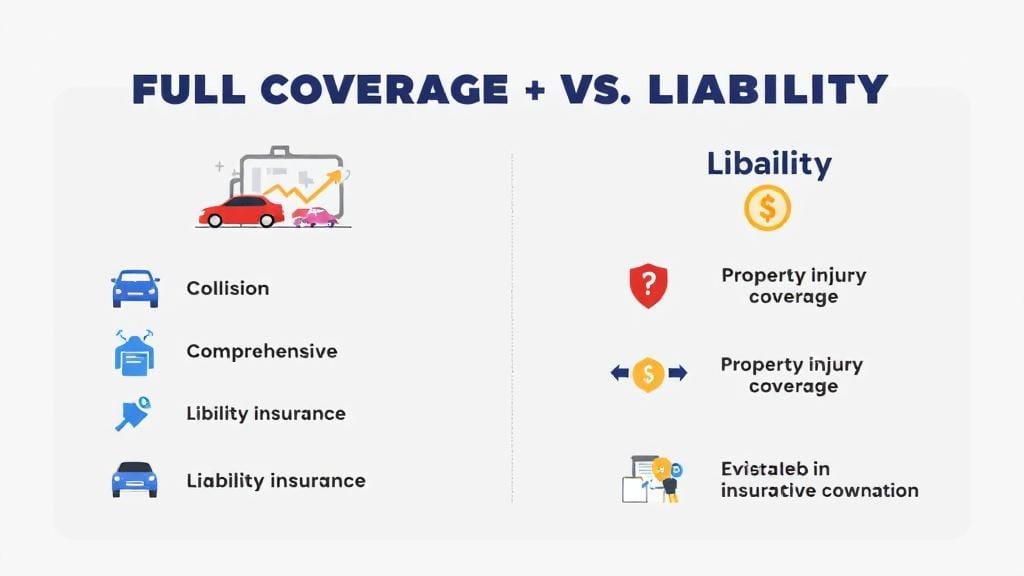Managing debt payments can feel overwhelming, especially when juggling multiple loans, credit cards, and financial obligations. But with the right strategy, a clear plan, and a few smart tools, you can stay on top of your debt, reduce stress, and regain control of your financial future.
In this guide, we’ll break down practical steps for managing debt payments, offer real-life examples, and explore the best ways to manage debt using tried-and-tested strategies. Whether you’re just starting your journey or looking to pay off loans faster, this post is here to help you succeed.
🔍 Why Managing Debt Payments Is Crucial
Unmanaged debt can quickly spiral out of control, leading to late payment penalties, increased interest rates on debt, and even damage to your credit score. Keeping your debt payments on track:
Preserves your credit utilization ratio (keeping it low boosts your credit score)
Reduces total interest paid over time
Builds confidence and improves financial well-being
Helps you stay eligible for future financial products like mortgages and personal loans
Let’s dive into some personal debt repayment tips and a complete strategy to help you stay on top of your payments.
📊 Step 1: Know Your Debt Landscape
Before you can take action, you need to understand your debt situation inside out. This means:
✅ List All Your Debts
Create a master list that includes:
Lender name
Type of debt (credit card, personal loan, student loan, etc.)
Total balance
Interest rate
Minimum monthly payments
Due dates
✅ Use a Debt Payment Calculator
A debt payment calculator helps you visualize how long it will take to pay off each loan based on your current payments—and how much interest you’ll pay. Many calculators allow you to compare snowball vs avalanche methods (more on that below).
🧠 Step 2: Create a Debt Payoff Plan That Works for You
Everyone’s financial situation is different. That’s why your debt payoff plan should be tailored to your goals, income, and lifestyle.
🎯 Prioritize Debt Payments: Snowball vs. Avalanche
Snowball Method: Pay off the smallest balance first while making minimum payments on others. It builds momentum and motivation.
Avalanche Method: Focus on the highest interest rate debt first. This saves the most money in interest over time.
💡 Example:
If you have three debts:
Credit Card A: ₹20,000 at 18%
Credit Card B: ₹10,000 at 24%
Personal Loan: ₹50,000 at 12%
With the avalanche method, you’d target Credit Card B first due to the highest interest rate.
📆 Automate Debt Payments
Automating payments ensures you never miss a due date, protecting your credit score and avoiding late payment penalties. Set reminders or use auto-debit features to reduce stress.
📈 Step 3: Budget Smartly and Track Progress
Budgeting isn’t about restriction—it’s about financial planning for debt and allocating your money where it matters most.
✅ Build a Monthly Budget
Include categories like:
Essential expenses (rent, groceries, utilities)
Minimum monthly payments
Extra debt payments (your “accelerator”)
Emergency savings
Discretionary spending
✅ Track Debt Payments Regularly
Use spreadsheets, apps like YNAB or Mint, or a simple notebook. Seeing progress—no matter how small—keeps you motivated.
🧰 Step 4: Use Debt Repayment Tools and Support
If you’re serious about managing debt payments, the right tools can make a big difference.
🔧 Best Debt Repayment Tools:
Debt Avalanche Calculator (for fastest and cheapest repayment)
Budgeting Apps like GoodBudget or PocketGuard
Spending Trackers that link to your bank accounts
Debt Management Plan (DMP) through nonprofit credit counseling services
🤝 Consider Credit Counseling Services
If you’re struggling, credit counselors can help you:
Create a realistic debt payoff plan
Negotiate lower interest rates
Set up a Debt Management Plan (DMP)
Most nonprofit agencies offer free or low-cost services and can be a game-changer in your journey.
🚨 Step 5: Avoid Common Debt Pitfalls
Even with the best plans, it’s easy to fall off track. Here’s what to watch for:
❌ Mistake #1: Only Paying the Minimum
Minimum monthly payments keep you in debt longer and cost more in interest. Always try to pay extra—even if it’s just a little.
❌ Mistake #2: Ignoring Interest Rates
High-interest debts grow fast. Always know your interest rates on debt and prioritize accordingly.
❌ Mistake #3: No Emergency Fund
A financial emergency (car repair, medical bill) can derail your plan. Build a starter emergency fund (₹25,000–₹50,000) before aggressively attacking debt.
💡 Bonus Tips to Pay Off Loans Faster
Use windfalls: Tax refunds, bonuses, or gifts? Apply them to your debt.
Side hustle: Extra income can drastically speed up repayments.
Refinance or consolidate: Lowering your interest rate reduces overall cost.
Review spending habits: Cut unnecessary expenses and redirect that money to debt.
Use cash: Reduces impulse spending and keeps credit utilization in check.
📘 Real-Life Example: Ritu’s Debt-Free Journey
Ritu, a 32-year-old freelance designer from Mumbai, was juggling ₹3.2 lakhs in credit card debt and a personal loan. Here’s what she did:
Used a debt payment calculator to assess her situation.
Chose the avalanche method to prioritize her highest-interest card.
Automated her minimum payments and made weekly extra payments.
Picked up freelance gigs to boost her monthly income by ₹15,000.
Built a small ₹30,000 emergency fund to prevent setbacks.
In 18 months, Ritu became debt-free—and started saving for her first home.
❓ FAQs About Managing Debt Payments
1. What’s the best way to start managing debt payments?
Start by listing all your debts, minimum monthly payments, and interest rates. Use a debt payment calculator to create a payoff strategy like the snowball or avalanche method.
2. Is it better to pay off high-interest debt or small balances first?
It depends. The avalanche method saves money by paying off high-interest debts first, while the snowball method offers quicker wins and motivation.
3. How can I track my debt payments effectively?
You can use budgeting apps, spreadsheets, or online tools. Set monthly checkpoints and celebrate milestones along the way.
4. Should I save money or pay off debt first?
Try a hybrid approach. Build an emergency savings buffer (₹25K–₹50K), then focus aggressively on debt. This prevents you from relying on credit during emergencies.
5. Can automating debt payments help?
Yes! Automating debt payments reduces missed deadlines, protects your credit score, and removes the stress of remembering due dates.
6. What’s the ideal credit utilization ratio?
Keep your credit utilization ratio below 30%—ideally under 10% for a better credit score.
7. What is a Debt Management Plan (DMP)?
A Debt Management Plan is a structured repayment plan through a credit counseling agency. It may reduce your interest rates and combine your debts into one monthly payment.
✅ Final Thoughts on Managing Debt Payments
Managing debt payments isn’t just about numbers—it’s about reclaiming your peace of mind. With a clear plan, consistency, and a bit of financial literacy, you can take back control and achieve your money goals.
Start today: make a plan, automate your payments, and track your progress. Over time, the small steps you take will lead to big results.








Comments (0)